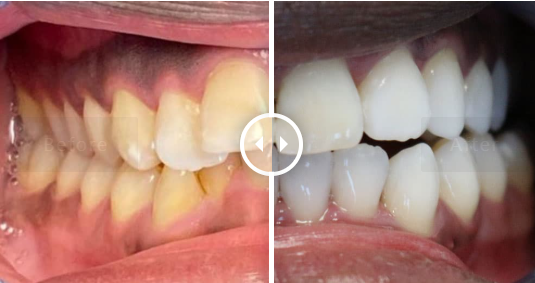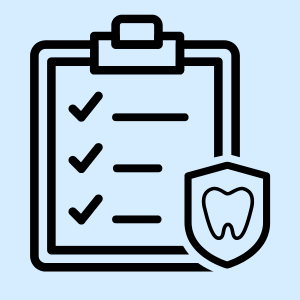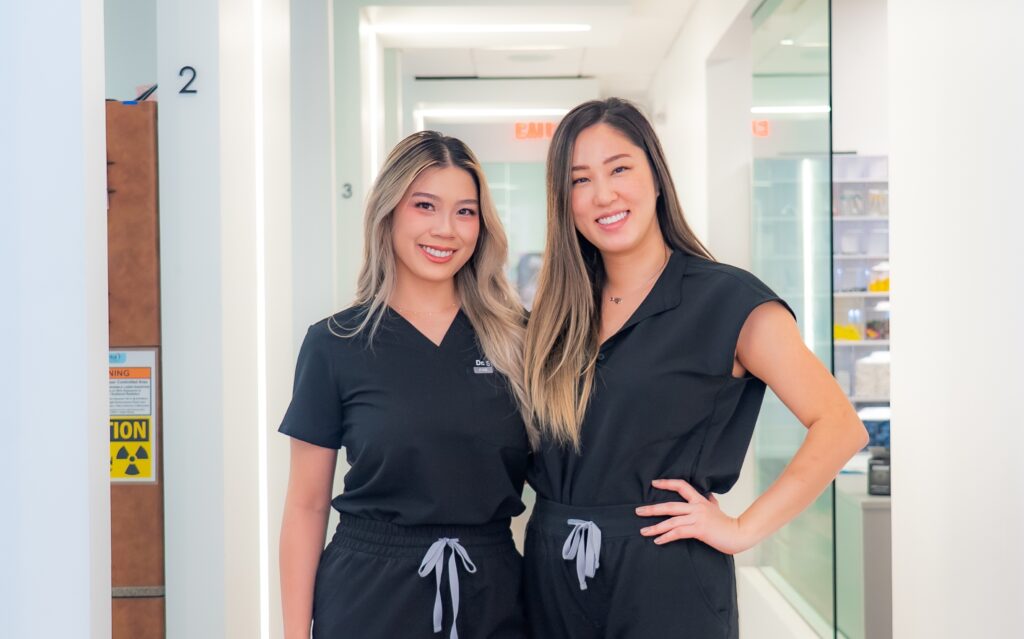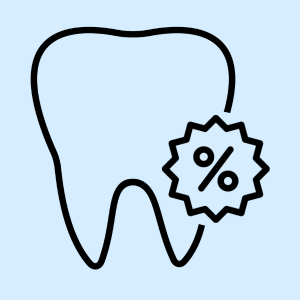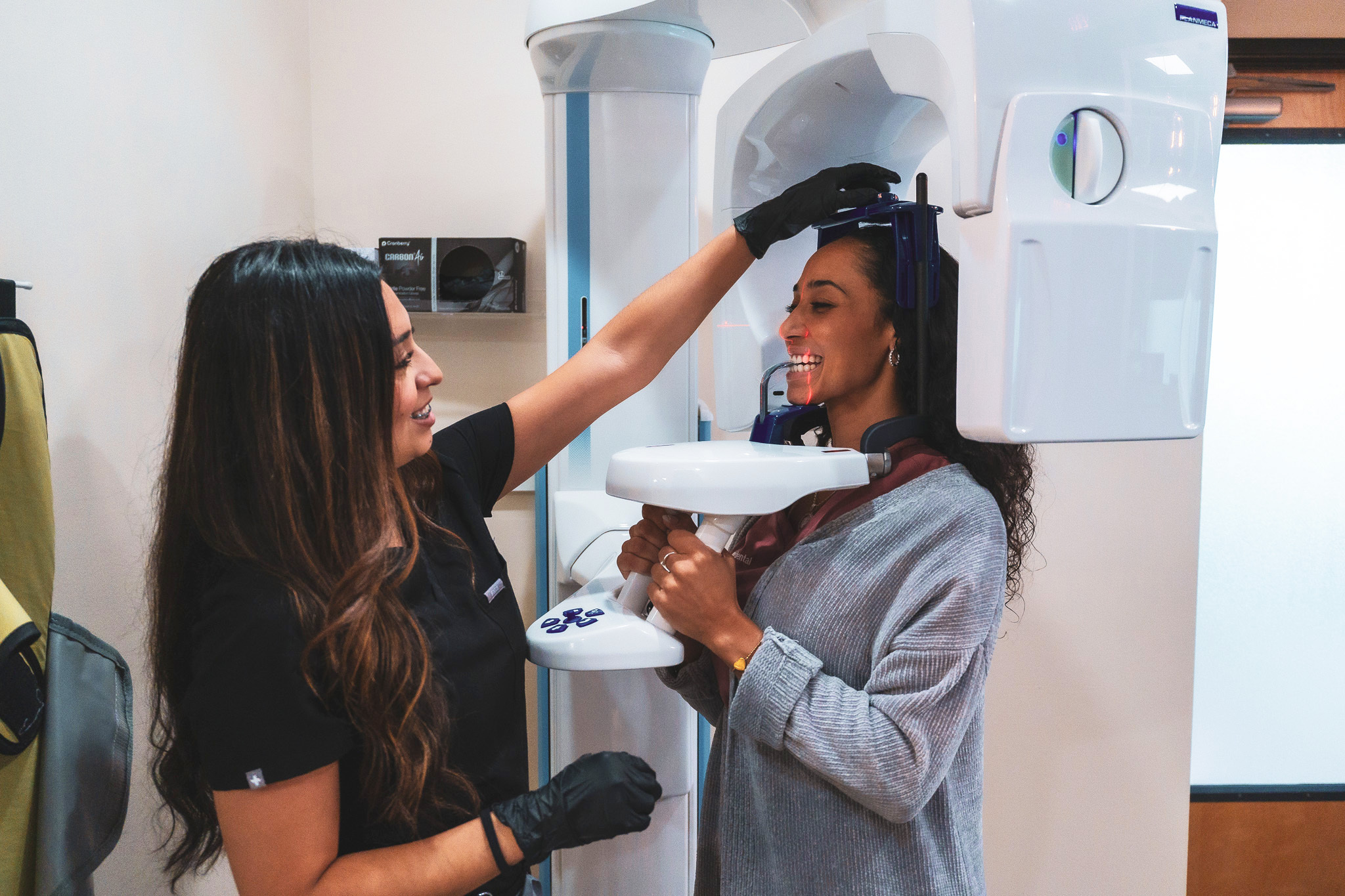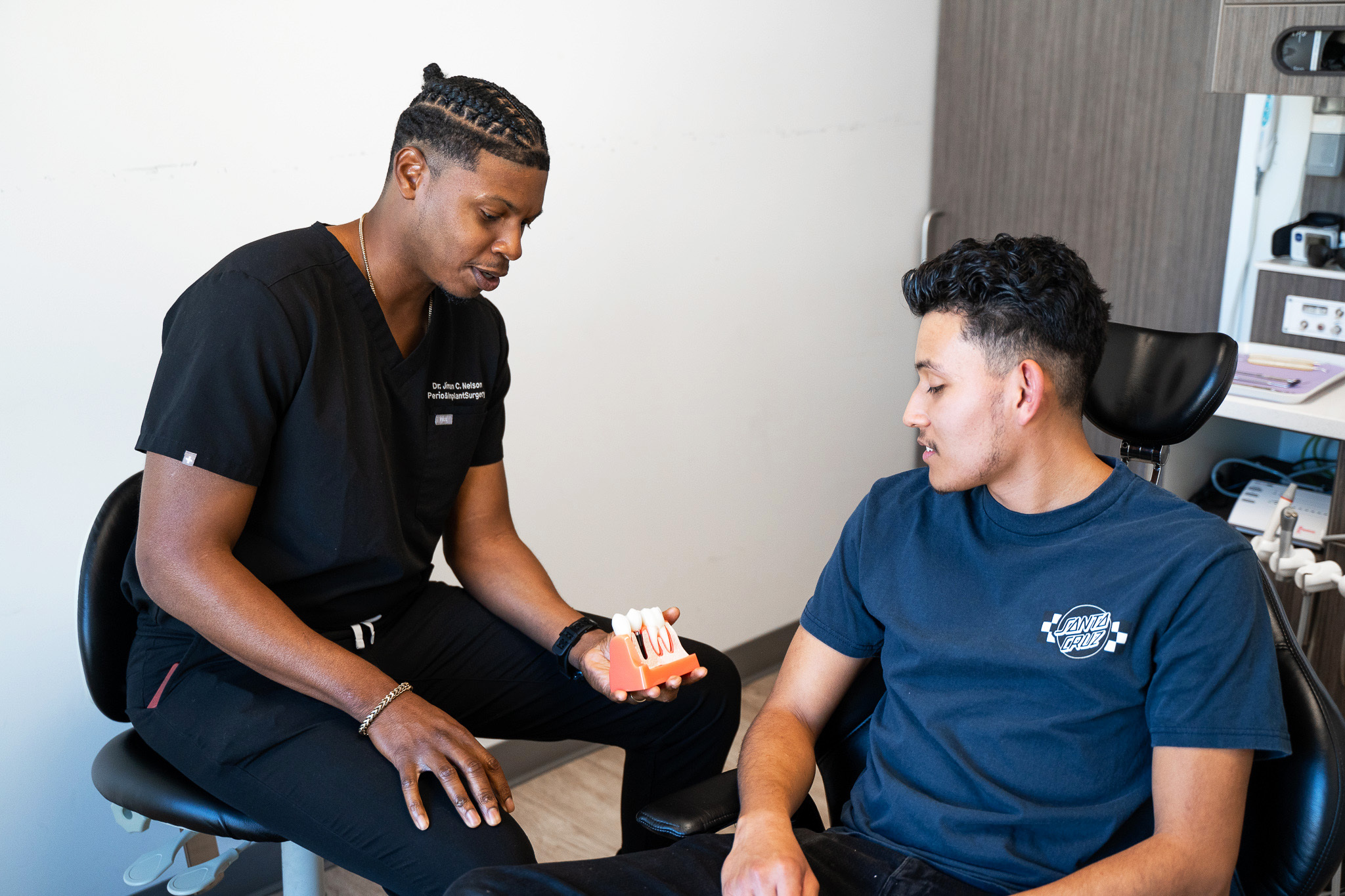Step 5: Maintaining Good Oral Health
Maintaining good oral health during your Invisalign treatment is crucial. Since the aligners are removable, it’s easier to keep your teeth clean compared to traditional braces. Here are some essential oral hygiene tips to follow:
- Brushing: Brush your teeth and aligners after every meal or snack to prevent food particles from getting trapped. Use a soft toothbrush and a gentle toothpaste to avoid damaging the aligners.
- Flossing: Regular flossing is essential to keep your gums healthy and prevent any issues during treatment. Flossing between teeth is particularly important, as aligners cannot replace this essential step.
- Maintain Regular Dental Check-Ups: Continue your regular dental check-ups and cleanings. Our team at URBN Dental will work closely with your orthodontist to ensure that your teeth remain healthy throughout the treatment.
Step 6: Completing the Treatment
The duration of your Invisalign treatment depends on the complexity of your case. In general, treatment times range from 6 months to 2 years, but this can vary. Your orthodontist will provide a more accurate estimate during your initial consultation.
As you progress through your aligners, you will notice your teeth gradually moving into their proper positions. Many patients appreciate the fact that Invisalign allows them to see the progress in real-time. It’s a motivating factor that keeps you on track with your treatment.
Step 7: Post-Treatment Retainers
Once your Invisalign treatment is complete, it’s essential to maintain the results. This is achieved through the use of retainers. URBN Dental will provide you with post-treatment retainers to ensure your teeth remain in their proper positions.
Retainers are typically worn full-time initially and then gradually transitioned to night-time use only. It’s crucial to follow your orthodontist’s instructions on retainer use to preserve your beautiful new smile.
Cost Considerations and Insurance Coverage
One common concern when considering orthodontic treatment is the cost. Invisalign is often comparable in price to traditional braces. The cost can vary based on the complexity of your case and the duration of treatment. During your initial consultation, our team will provide you with a detailed treatment plan, including cost estimates.
It’s worth checking with your insurance company to see if they provide coverage for orthodontic treatment. Some plans cover a portion of the expenses, making Invisalign a more affordable option. Our knowledgeable staff can assist you in understanding your insurance coverage and navigating the financial aspect of your treatment.
Invisalign vs. Traditional Braces
Now that we’ve covered the Invisalign treatment process in detail, let’s compare it to traditional braces. Both options can effectively straighten your teeth and correct orthodontic issues, but they have distinct differences:
- Appearance: Invisalign aligners are virtually invisible, while traditional braces use metal brackets and wires that are visible when you smile.
- Comfort: Invisalign aligners are smooth and comfortable, causing less irritation to your cheeks and lips compared to metal braces.
- Removability: Invisalign aligners are removable for eating, brushing, and flossing, while traditional braces are fixed in place.
- Treatment Time: Invisalign treatment times may be shorter for some cases, but this can vary. Traditional braces may be required for more complex cases.
- Maintenance: Invisalign requires more active maintenance, as aligners must be removed and cleaned regularly. Traditional braces require regular adjustments and can be more challenging to clean.
Invisalign Aligners FAQs
1. What is Invisalign, and how does it work?
Invisalign is an advanced clear aligner system designed to straighten misaligned or crooked teeth. It uses a series of nearly invisible plastic aligners that are custom-made for each patient. These aligners gradually shift your teeth into their proper positions over time.
2. How long does Invisalign treatment take?
The duration of Invisalign treatment varies depending on the complexity of your case. On average, it can take anywhere from 6 months to 2 years. Your orthodontist will provide a more accurate estimate during your initial consultation.
3. Are Invisalign aligners removable?
Yes, one of the significant advantages of Invisalign is that the aligners are removable. You can take them out for eating, brushing, and flossing, making it easier to maintain good oral health during treatment.
4. How often should I wear Invisalign trays?
For the best results, you should wear your Invisalign aligners for at least 20 to 22 hours a day. It’s crucial to follow your orthodontist’s recommendations to ensure the treatment progresses as planned.
5. Is Invisalign treatment suitable for everyone?
Invisalign is a versatile treatment option, but it may not be suitable for all cases. Your orthodontist will determine if Invisalign is the right choice for you based on your specific needs and misalignment issues.
6. How does Invisalign differ from traditional braces?
Invisalign uses clear, plastic aligners that are virtually invisible, while traditional braces rely on visible metal brackets and wires. Invisalign aligners are removable, making them more convenient for maintaining oral hygiene compared to fixed braces.
7. Can I eat and drink with Invisalign aligners in place?
While it’s recommended to remove your aligners for eating and drinking, you can still enjoy water while wearing them. However, it’s essential to remove them for other beverages and meals to prevent staining and damage.
8. What should I do if I have an issue with my Invisalign trays during treatment?
If you experience any problems with your Invisalign aligners or have concerns about your treatment process, don’t hesitate to contact your orthodontist or our team at URBN Dental. We are here to support you throughout your journey of undergoing treatment with the Invisalign system.






